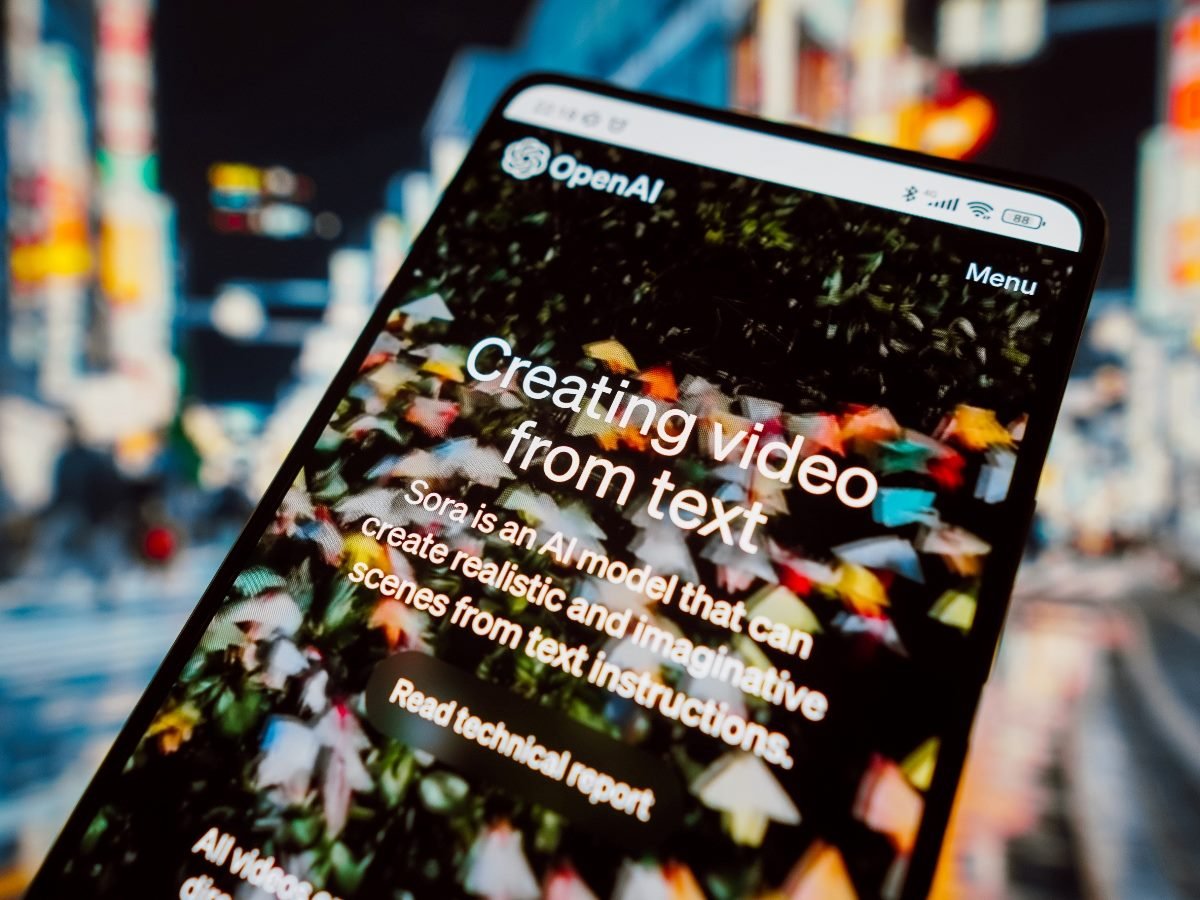- AI Enters the Creator Arena. Meta’s Vibes and OpenAI’s Sora 2 introduce AI-generated social video feeds that challenge human-made content.
- Authenticity Still Wins. Audiences crave real voices and perspectives, making AI’s inauthenticity a weak substitute for true creators.
- Selective Disruption Ahead. While models and brand spokespeople face real risk, creators with originality and loyal audiences are likely to endure.
The Rise of AI-Generated Social Feeds
The debut of Meta’s Vibes and OpenAI’s Sora 2 has seemingly put a new type of worker in AI’s path of destruction: Professional online creators.
The new AI video feeds are fun, bizarre, uncanny and suddenly very popular. Above all, they are social. They are meant to spark conversation, shares, likes and engagement. And instead of the painstaking content creation process behind today’s human-created video, their content is generated effortlessly via prompts.
The Creator Economy’s Moment of Reckoning
While the term "creator economy" has always been a bit of a misnomer — only a small number of people actually support themselves creating content online — some longtime media watchers now think it’s living on borrowed time.
“The creators are all high on the hog right now, but I would be thinking they’re one of the first things that could be totally annihilated by AI,” Ari Paparo, founder of Marketecture Media, told me on a recent episode of the TWiT podcast.
But as with much of AI’s potential impact on work, the possibilities here are nuanced. Some parts of the creator economy may indeed be hurt — models and brand spokespeople in particular — but much of it is likely to remain intact, or perhaps even become stronger than before.
Related Article: Did AI Just Take the Brand Influencer Crown?
Why Authenticity Still Matters
A core reason people tune into online creators is they want to watch (or listen to, or read) something authentic, not passed through multiple rounds of approvals or edits. The format has gained popularity as a mass media alternative in particular because of this quality. AI-generated media is, by definition, inauthentic, and as such it’s not an easy substitute for today’s online creators. If anything, more AI slop might drive people to seek out more human-generated work.
Online creators also tend to bring new information, insights and viewpoints to their audiences, which AI will have a hard time replicating. AI today tends to recycle the old vs. come up with its own concepts. And it simply can’t replace the ingenuity of today’s online creators — at least so far. Notably, all AI videos start with a human prompt. If a video catches on, there will be a creator behind it, even if they’re not facing the camera.
The Most Vulnerable Roles in the Creator Economy
In some instances, people might not care if the content is human-generated, and AI could cause real disruption there. Fashion models seem to be vulnerable as AI is getting really good at generating good-looking people with the correct number of fingers and toes. The connection audiences have with them tends to be surface-level too, so we could see AI models replace fashion models.
Brand spokespeople are likely in trouble as well, given AI’s ability to generate compelling human-looking characters who can speak eloquently and with passion. Some ad agencies will likely pass on working with (often difficult) human talent, generate AI ads themselves and pay to promote them. To some extent, it’s already happening. That’s not a complete substitute for working with a creator who has an engaged audience, but it could cut into the business.
The Broader Threat to Media Itself
As AI videos proliferate, the greatest risk is to the broader publishing and entertainment industry, not creators in particular, as the AI slop could effectively become a DDoS attack on media itself. With such effortless creation, AI content and videos could flood the zone to the point that all media effectively becomes worthless. It’s not an imminent scenario, but it’s the one that bears watching.
Learn how you can join our contributor community.
